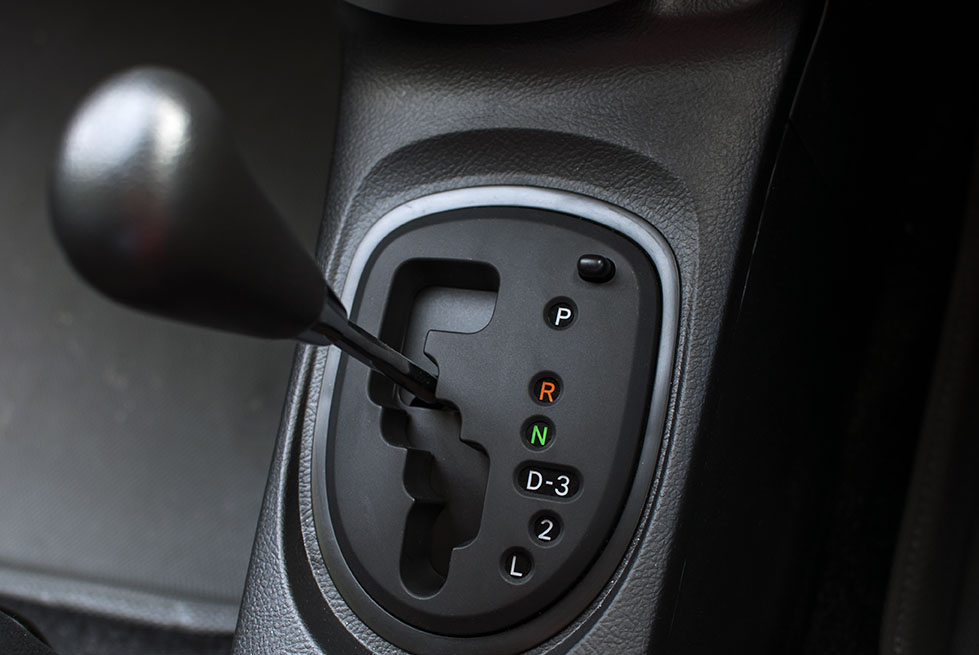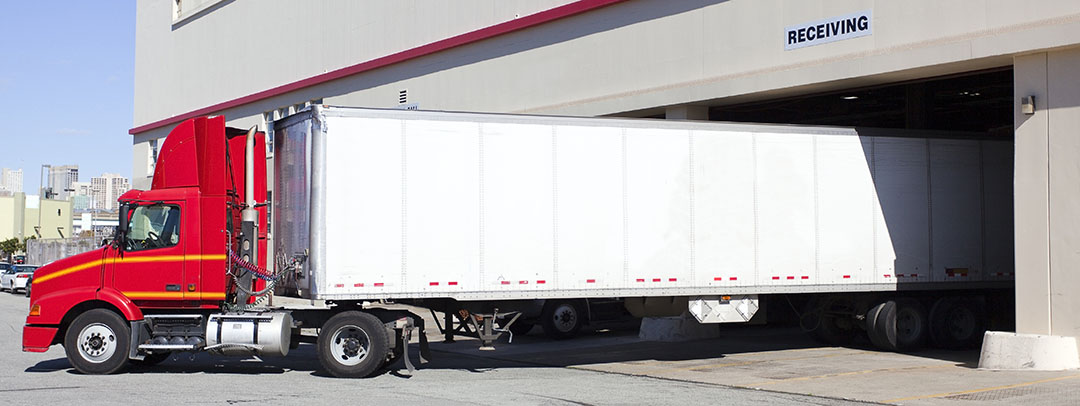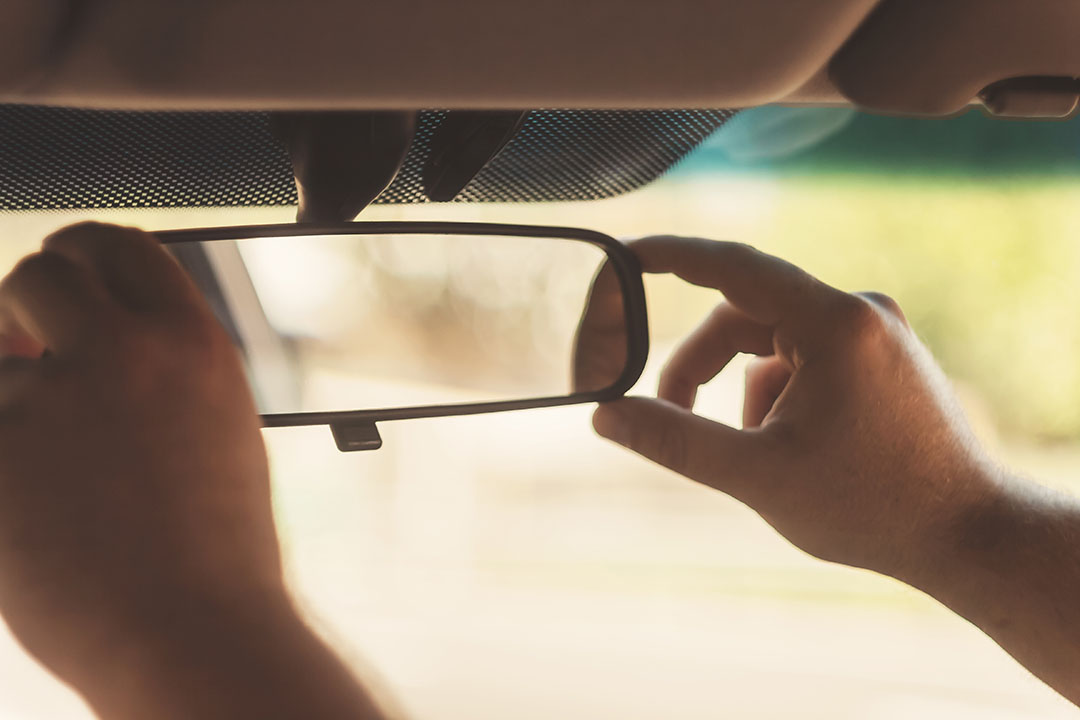Even though most drivers spend less than one percent of their driving time in reverse, the National Safety Council (NSC) estimates that one out of every four vehicle accidents occur while backing. Though they often occur at low speeds, these accidents can have serious and even fatal consequences. The National Highway Traffic and Safety Administration estimates that 210 people are killed every year in vehicle backing accidents.
Vehicle backing is particularly dangerous in workplace settings, especially if your company employs drivers who use trailers or large vehicles such as semi-trucks and construction vehicles. Fortunately, there are many different tactics your drivers can use to help reduce the chance of a backing collision. Proper backing safety training can save your company millions in damages, lawsuits, and insurance costs.
Vehicle Backing Tools
All vehicles are equipped with several tools that help drivers safely back. These include side mirrors, rearview mirrors, backing cameras, proximity detection devices, and built-in backing alarms. Drivers should check that these safety devices are working before every trip and should be aware that not even the best safety devices can completely eliminate blind spots.
Parking
As a general practice, your drivers should never back a vehicle unless necessary. One of the easiest ways to achieve this is to require all drivers to pull through parking spaces when possible. Of course, sometimes backing isn’t avoidable. When your drivers must back, they should use the following steps:
- Scan backing area for obstacles
- Walk around vehicle and check for obstacles
- Take note of any objects that could block view
- Make sure vehicle will fit beneath any low clearances
- Turn off any radios or other distractions
- Roll down windows to hear any noise or activity around the vehicle
- Check mirrors and adjust them to make blind spots as small as possible
There are several general safety tips that drivers should follow when backing into or out of a parking space. Drivers should:
Back into parking spaces when arriving, rather than backing out when leaving
- Park in spaces with plenty of room around the vehicle
- Park in the center of the space
- Avoid parking near obstacles, such as trees or buildings
- Avoid parking near traffic lanes or pedestrian areas
- Always back immediately after checking the vehicle
Large Vehicles and Trailers
Large vehicles, such as semi-trucks and construction equipment, and vehicles equipped with trailers present more severe backing hazards. Large vehicles are, of course, much taller than standard vehicles and often aren’t equipped with rearview mirrors or rear windows. Trailers extend the length of a truck and pivot in the opposite direction of the truck when backing. These vehicles also have significantly larger blind spots than standard vehicles. Because of these hazard, drivers should always use a spotter when backing these vehicles. When backing a large vehicle, drivers should:
Park in areas free of obstacels
- Back in to spots when arriving, rather than backing out of them when leaving
- Do a walk-around before backing
- Make sure the vehicle’s backing alarm works before backing
- Back as straight as possible to keep trailers from swinging out of control
- Back up slowly
Summary
Backing accidents are common and can even be deadly. To avoid these accidents, train your drivers to only back when necessary. When they must back, train them to use safe backing practices, including checking the area and vehicle before backing and using a spotter. Drivers who drive large vehicles or trailers must be particularly cautious when backing.
For more information, see the following links:
Fleet Safety Tip of the Week: Preventing Backing Collisions
Fatalities and Injuries in Motor Vehicle Backing Crashes




 Back into parking spaces when arriving, rather than backing out when leaving
Back into parking spaces when arriving, rather than backing out when leaving Park in areas free of obstacels
Park in areas free of obstacels